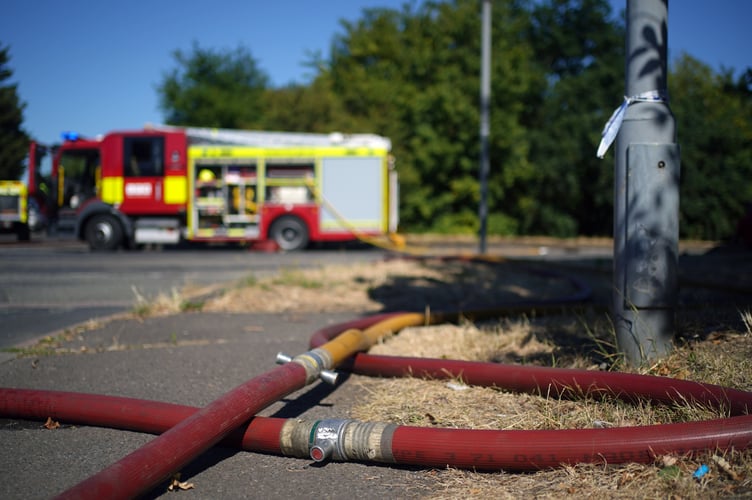The time it took firefighters to get to emergency incidents in Surrey hit a 10-year high last year, new figures show.
In the areas covered by the Surrey Fire and Rescue Service, people had to wait for an average of 10 minutes and 19 seconds for firefighters to respond to incidents.
This includes time spent on the phone reporting the incident, the crew’s preparation, and their journey time.
The response time was up on nine minutes and 42 seconds the year before.
It ranked 22nd out of the 44 fire services in England for response times.
The average time it took the service to handle calls was one minute and 27 seconds.
The fire service attended 1,166 primary fires in the year to March, which are the most serious with a threat to life or property. This was 10 more than the year before.
There were 450 dwelling fires attended in Surrey in the year to March and 368 road vehicle fires.
A Surrey Fire and Rescue Service spokesman said: “Surrey Fire and Rescue Service define response time as the time taken from the point of alert (mobilisation) to the point of arriving at the incident.
“The average response time of the first fire engine to critical incidents (risk to life) in 2022/23 was 7 minutes and 10 seconds. This is well within our performance target of the first fire engine arriving in 10 minutes to critical incidents.”
Across the country, the average response time in the year ending to March was nine minutes and 13 seconds — the longest seen since comparable statistics became available.
The Fire Brigades Union criticised the Government for not investing enough in the services as “every second counts in a fire”.
Across England, the number of primary fires saw a 5.1 per cent rise compared to the year before, as the warm dry weather last summer caused more wildfires.
A National Fire Chiefs Council spokesperson said: “In recent years response times across all incident types have been gradually increasing as the range of incident types attended by FRSs has grown and resources have been targeted at higher risks such as fires in the home, where most deaths and injuries from fire occur.
“Attendance times for fires in the home have remained relatively static over the last 10 years.”
Ben Selby, FBU assistant general secretary said: “Firefighters do everything they can to keep the public safe, but with fewer firefighters, fewer fire stations and fewer fire engines, it is no wonder that response times are deteriorating.”
He added: “Years of brutal government cuts to the fire service are having a clear detrimental impact on public safety.
“Every second counts in a fire. It is about time that the government stopped counting pennies and invested in our fire service to protect people.”
A Home Office spokesperson said: “The government is committed to ensuring fire services have the resources they need to keep us safe, and overall fire and rescue authorities will receive around £2.6 billion in 2023-24.
“Decisions on how their resources are best deployed to meet their core functions are a matter for each fire and rescue authority.”




